Not sure how to tell if a tree is dead or dormant? Identifying the difference is crucial for proper care. This article will guide you through easy tests, such as bark scratching and bud checks, to determine your tree’s health.
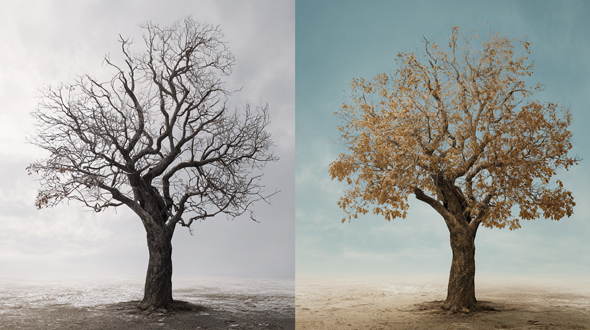
Key Takeaways
- Dormancy in trees is a natural survival mechanism that slows metabolism during cold months, and it can be distinguished from a dead tree through specific signs and tests.
- To assess dormancy, one can perform the scratch test, inspect buds, and check branch flexibility. Indicators of a dead tree include peeling bark, fungus growth, and a lack of leaf growth in spring.
- If a tree is confirmed dead, immediate removal is essential for safety; professional services should be engaged to ensure accurate assessments and effective management of tree care.
Understanding Tree Dormancy
Tree dormancy is similar to hibernation in animals. During this time, a tree’s metabolism slows, and it stops producing leaves to conserve energy and survive the cold weather months. This mechanism helps trees withstand harsh winter conditions by lowering their metabolic needs. Dormancy typically begins in the fall and lasts through winter, triggered by shorter days and colder temperatures. A dead or dormant tree is a natural part of this cycle.
Deciduous trees shed their leaves to protect against freezing temperatures, while evergreen trees have waxy leaf coatings to retain moisture. Grasping this process helps determine if a tree is dead or dormant. Recognizing dormancy signs enables proper care and avoids unnecessary tree removal.
Signs Your Tree is Dormant
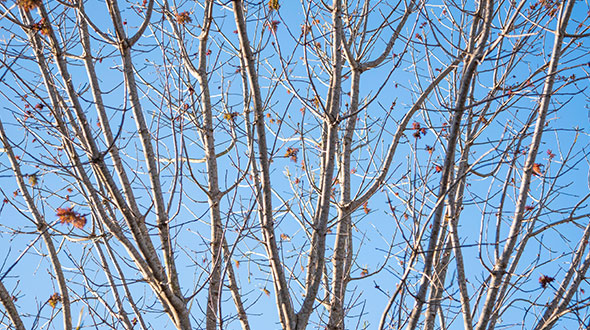
Dormancy allows trees to conserve energy during unfavorable conditions, typically in the colder months. Signs include shedding leaves and reduced chlorophyll, resulting in changes in leaf color. Regular visual and physical checks can help ascertain if a tree is dormant, not dead.
Methods like the scratch test, bud inspection, and branch flexibility tests effectively check for dormancy. Keeping a seasonal journal or taking photos can also help track symptoms or improvements in your tree’s condition.
These methods will be explored in the following subsections.
Scratch Test
The scratch test is a simple yet effective method for determining whether a tree is dormant or dead. It involves gently scratching the bark to reveal the cambium layer beneath, which is green and located within the trunk and branches.
A green cambium layer indicates that the tree is still alive and likely dormant. If the cambium appears dry and brown, it indicates that the tree is likely dead. This straightforward test offers quick insights into your tree’s health.
Bud Inspection
Inspecting the buds on your tree is another reliable method for checking dormancy. New buds strongly indicate dormancy, not death. Look for buds at the ends of branches or from the crown.
New buds suggest the tree is in a resting phase and will likely produce new leaves when conditions improve. If some branches have buds present while others do not, those branches may wait to break dormancy.
Branch Flexibility
Branch flexibility tests can help determine your tree’s health:
- Flexible branches usually indicate life.
- Gently bend a small branch or twig; if it bends without breaking, the tree is likely alive.
- If it can snap easily and is brittle, it may indicate that part or all of the tree is dead.
Thus, testing branch flexibility is crucial for assessing whether a tree is dead or dormant.
Indicators of a Dead Tree
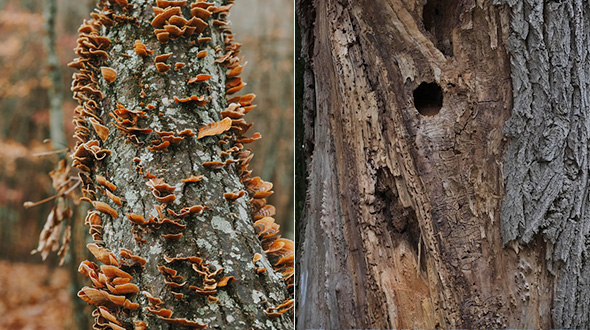
Identifying a dead tree is crucial for safety and preventing potential damage. Indicators include:
- Leaves are turning brown without falling
- Sudden leaning, which could signal root problems or structural issues, should be assessed by a professional
- Trunk cavities or rot
Root issues are particularly challenging to identify, as they are usually hidden; however, visible symptoms, such as mushroom growth, can indicate problems. Regular tree assessments help identify potential risks posed by deteriorating trees.
Peeling Bark
Peeling bark is a significant indicator of tree health. Large sections of missing bark may indicate decay. Observing bark condition helps determine if a tree is alive or dead.
Struggling to regenerate bark suggests declining health. Hence, inspecting the bark for peeling or missing sections is crucial in assessing if a tree is dead.
Fungus Growth
Fungal growth on the tree trunk is a visual cue indicating potential health issues related to disease. It is a clear good sign of internal decay and should not be ignored.
Fungus on a tree is a strong indication of potential internal decay. This often signals the need for immediate action to address the problem.
No Leaf Growth in Spring
A lack of leaf growth by late spring typically signals a dead tree. During the spring, trees typically produce new leaves as part of their annual growth cycle. If your tree fails to show new leaf growth when spring arrives, it usually indicates a dead tree.
This is one of the most definitive indicators that a tree is no longer dying.
Assessing Hard-to-Reach Sections
Assessing tree health involves:
- Evaluating the entire tree, including hard-to-reach sections, for a comprehensive evaluation.
- Conducting regular evaluations every three years to maintain tree health.
- Testing multiple branches to determine the tree’s overall status.
The trunk plays a crucial role in a tree’s health, as it transports water from the roots to the branches and leaves. Certified arborists are trained to identify issues that may not be visible to the untrained eye, making professional assessments more thorough.
What to Do If Your Tree is Dormant
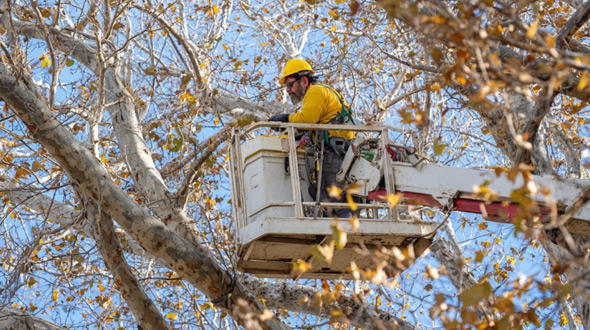
If your tree is confirmed dormant, several steps can ensure its health. Dormant pruning removes dead or damaged branches, helping the tree conserve energy and focus on healthy growth. Fertilizing in early spring or fall helps replenish nutrients.
Deep root watering can prevent dehydration in dormant trees, especially during dry winters. Applying mulch before dormancy helps protect roots and stabilize soil conditions and temperature.
Keeping a seasonal journal helps track changes in your tree’s condition during dormancy, ensuring you provide the best care possible.
What to Do If Your Tree is Dead
If you’re wondering, Should I Remove That Dead Tree in My Yard?, the answer is yes! If your tree is confirmed dead, it is crucial to remove it immediately. Dead trees pose serious dangers, including the risk of falling, which can cause injury or damage. For removal, it is advisable to contact a professional service, such as Todd’s Marietta Tree Services.
Failing to remove a dead tree can lead to property damage, unexpected repair costs, and medical expenses if it collapses. After removal, consider chipping the wood for mulch or contacting your local waste management service for disposal.
Promptly removing a dead tree minimizes risks and ensures the safety of your surrounding trees and healthy trees.
When to Call a Professional
If you’re unsure whether your tree is dead or dormant, it’s best to call a professional for an assessment. Here’s why:
- Dead trees significantly affect safety due to their increased likelihood of falling.
- An arborist can confirm the tree’s state.
- They can determine the causes of the tree’s condition.
- They can recommend recovery solutions.
Professional services can assist with tree removal, pruning, and storm cleanup, especially during winter storms. If the tree is large or in a complex location, hiring a professional for removal is advisable.
Trained professionals offer a free consultation and are equipped to handle various tree-related issues safely and efficiently.
Dead vs Dormant Tree Summary
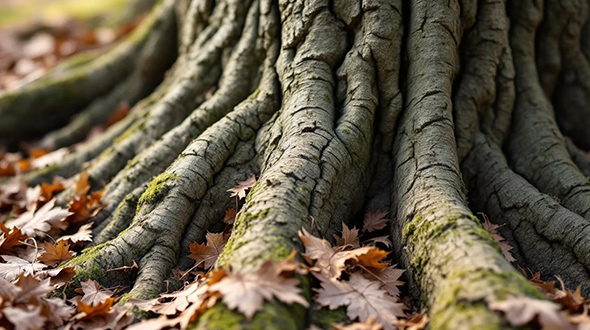
Determining whether a tree is dead or dormant is crucial for maintaining a safe and healthy environment. Understanding tree dormancy, recognizing the signs of dormancy, and identifying indicators of a dead tree are essential skills for any tree owner.
By following the steps outlined in this guide and seeking professional assistance when necessary, you can ensure the health and safety of your trees and the surrounding environment. Remember, a healthy tree not only enhances the beauty of your landscape but also contributes to a healthier ecosystem.
Frequently Asked Questions
How can I tell if my tree is dead or dormant?
To determine if your tree is dead or dormant, you can perform a scratch test on the bark, inspect the buds for signs of life, and assess branch flexibility. These methods will provide clarity on the tree’s condition.
What should I do if my tree is dormant?
If your tree is dormant, prune any dead branches, fertilize in early spring or fall, water it deeply, and apply mulch to protect its roots. This care will help the tree thrive once it becomes active again.
When should I call a professional for a tree assessment?
You should consult a professional for a tree assessment if you have concerns about the tree’s health or if it poses risks due to its size or location. A professional can provide an accurate evaluation and recommendations for care.
Why is peeling bark a sign of a dead tree?
Peeling bark is a clear indicator of a dead tree, as it suggests the tree is decaying and unable to regenerate, reflecting its poor health.
What are the dangers of not removing a dead tree?
Failing to remove a dead tree can lead to significant dangers, including the potential for it to fall and cause injury or property damage, as well as attracting pests and promoting decay. It is essential to address this issue promptly to ensure safety and protect your property.
(678) 505-0266
Originally published on: https://www.toddsmariettatreeservices.com/how-to-tell-tree-dead-dormant/

No comments:
Post a Comment